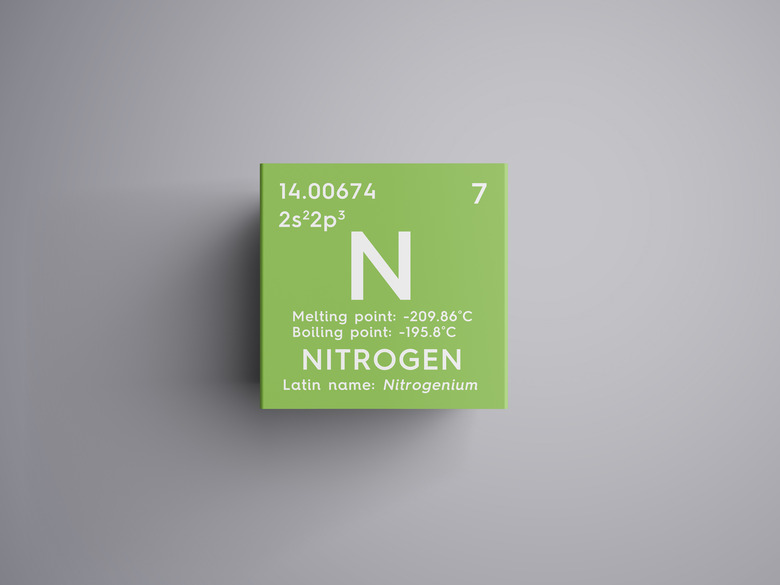Physical Address
Suite 5, 181 High Street,
Willoughby North NSW 2068
Physical Address
Suite 5, 181 High Street,
Willoughby North NSW 2068

To solve isotopic abundance problems, the average atomic mass of the given element and an algebraic formula are used. Here is how you can do these types of problems.
The relative abundance definition in chemistry is the percentage of a particular isotope that occurs in nature. The atomic mass listed for an element on the periodic table is an average mass of all known isotopes of that element.
Remember that as the number of neutrons changes within the nucleus, the identity of the element remains the same. A change in the number of neutrons in the nucleus denotes an isotope: nitrogen-14, with 7 neutrons, and nitrogen-15, with 8 neutrons, are two different isotopes of the element nitrogen.
To solve isotopic abundance problems, a given problem will ask for relative abundance or the mass of a particular isotope.
Use the following formula for relative abundance chemistry problems:
(M1)(x) + (M2)(1-x) = M(E)
• M1 is the mass of one isotope
• x is the relative abundance
• M2 is the mass of the second isotope
• M(E) is the atomic mass of the element
from the periodic table
Example problem: If the masses of one isotope of nitrogen, nitrogen-14, is 14.003 amu and another isotope, nitrogen-15, is 15.000 amu, find the relative abundance of the isotopes.
The problem is asking to solve for x, the relative abundance. Assign one isotope as (M1) and the other as (M2).
• M1 = 14.003 amu (nitrogen-14)
• x = unknown relative abundance
• M2 = 15.000 amu (nitrogen-15)
• M(E) = 14.007 amu
When the information is placed into the equation, it looks like this:
14.003x + 15.000(1-x) =14.007
Why the equation can be set up this way: Recall that the sum of these two isotopes will equal 100 percent of the total nitrogen found in nature. The equation can be set up as a percent or as a decimal.
As a percent, the equation would be: (x) + (100-x) = 100, where the 100 designates the total percent in nature.
If you set the equation as a decimal, this means the abundance would be equal to 1. The equation would then become: x + (1 – x) = 1. Note that this equation is limited to two isotopes.
If a mass spectrum of the element was given, the relative percentage isotope abundances are usually presented as a vertical bar graph. The total may look as if it exceeds 100 percent, but that is because the mass spectrum works with relative percentage isotope abundances.
An example will make this clear. A nitrogen isotope pattern would show a 100 relative abundance for nitrogen-14 and 0.37 for nitrogen-15. To solve this, a ratio such as the following would be set up:
(relative abundance of isotope on spectrum) / (sum of all relative isotope abundances on spectrum)
nitrogen-14 = (100) / (100 + 0.37) = 0.996 or 99.6%
nitrogen-15 = (0.37) / (100 + 0.37) = 0.004 or 0.4%